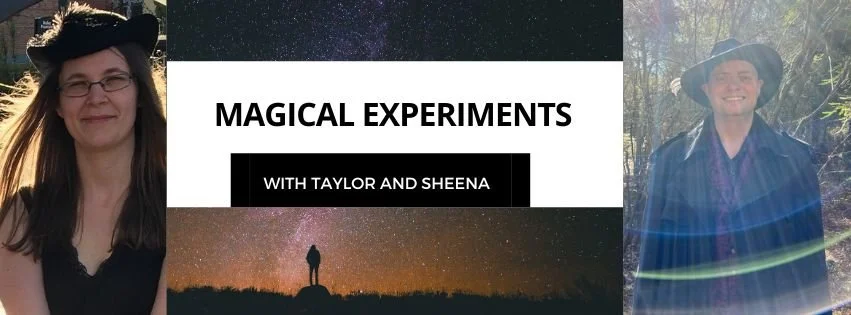 I love the new show Once Upon a Time. It's an intriguing mix of Faerie Tale with Modern world. Hopefully it'll last more than one or two seasons. Perhaps what I love most about is the intersection of symbolism, character archetypes, and reality. In one sense, the show is depicting two alternate lives for each character, and yet in another sense its depicting how people in a small town end up trying to embody and act out faerie tale roles they've been assigned by a child trying to find meaning in his life. You can interpret it a variety of ways I suppose, and that's where I see the show as a kind of magical act/metaphor of reality.
I love the new show Once Upon a Time. It's an intriguing mix of Faerie Tale with Modern world. Hopefully it'll last more than one or two seasons. Perhaps what I love most about is the intersection of symbolism, character archetypes, and reality. In one sense, the show is depicting two alternate lives for each character, and yet in another sense its depicting how people in a small town end up trying to embody and act out faerie tale roles they've been assigned by a child trying to find meaning in his life. You can interpret it a variety of ways I suppose, and that's where I see the show as a kind of magical act/metaphor of reality.
What makes it so evocative is the ability to portray two different realities and while it can be argued that the faerie tale reality is the "past life" of the characters, it's also their future and present, because they are stories constantly retold and relived in the imagination of the people telling them.
At the same time, this show also explores the modern "real" world as a faerie tale world in its own right, something not real, but just as made up and surreal as the faerie tale world...and why not. It makes perfect sense to treat the modern world as just another faerie tale, but what I find so fascinating is how in one degree or another the characters are playing out the themes of their lives, becoming the archetypes or at least trying to as some part of themselves rebels against the curse.
I have no doubt I'll have further analysis of this really fascinating show. I'm admittedly geeking out a bit, but this kind of analysis and research is part of how I create effective pop culture magic workings. The more enthusiasm you invest the more real it becomes, and that's part of what makes pop culture magic viable...Plus in this case it also is combined with my interest in how pop culture reinvent and retells older mythology in modern contexts!





